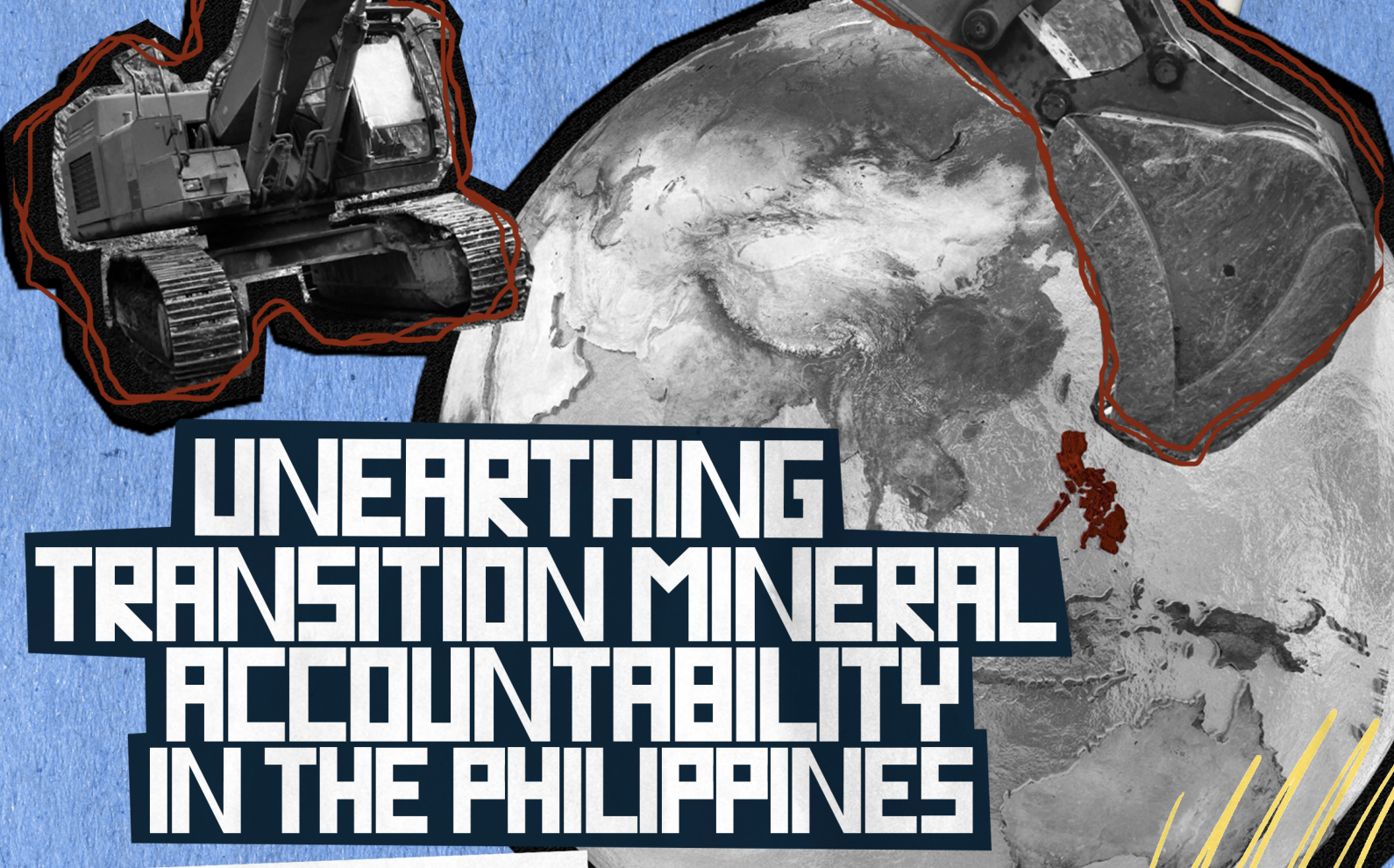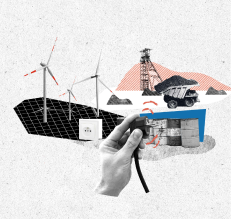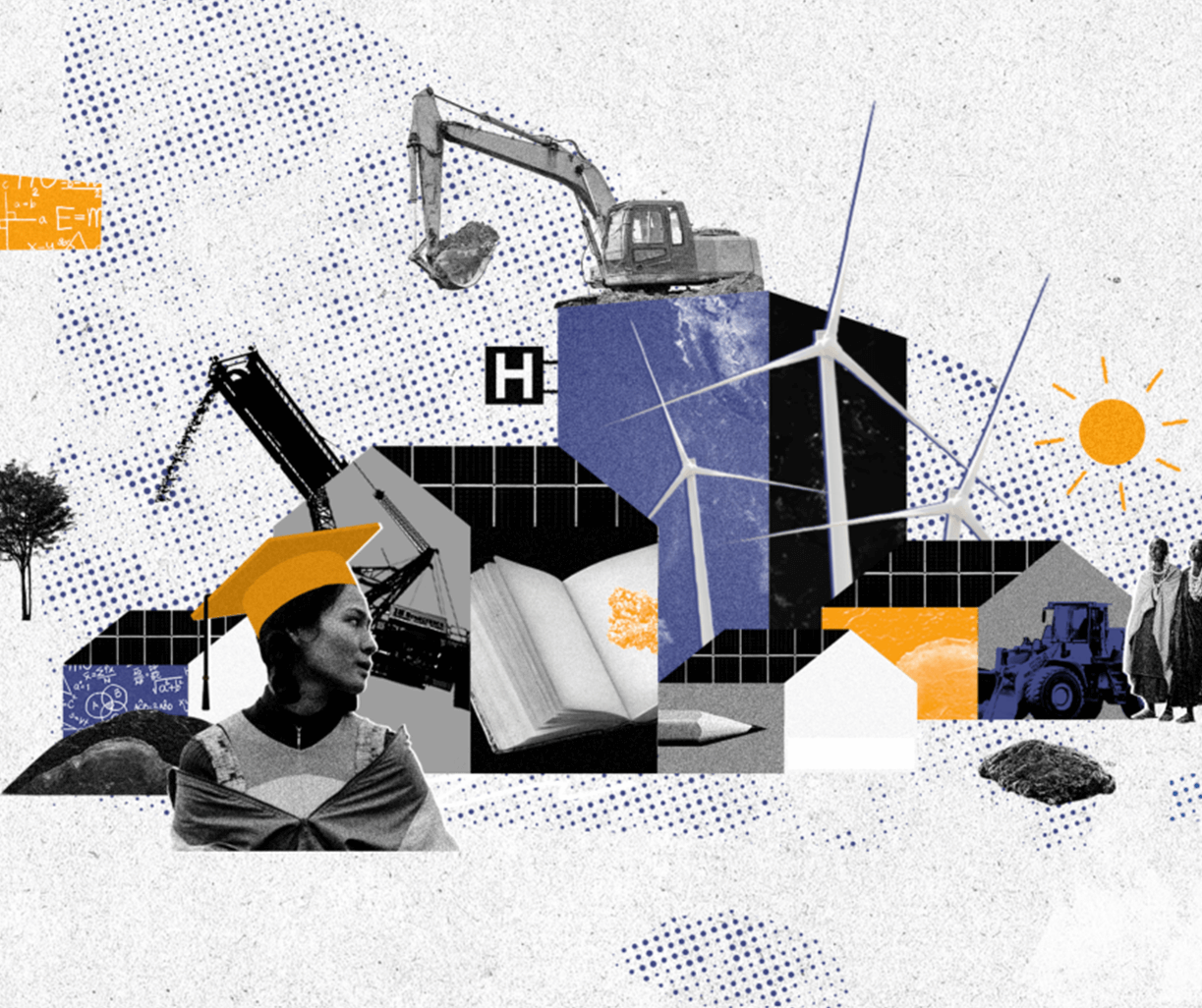Unearthing Transition Mineral Accountability in the Philippines: At the Intersection of the Climate Crisis, Energy Transition Landscapes & Extractive Industries
Publications

The current and looming effects of climate catastrophe have brought about paradigm shifts in how societies across the world operate. Global leaders and international institutions have focused on energy transitions, from fossil fuels to renewable energy sources, as among the primary solutions to addressing the climate crisis. However, renewable technologies require increasingly significant minerals compared to fossil-fuel energy sources. Despite the mining sector contributing 8-28% of global carbon emissions, reports hypothesize that the actualization of a below 1.5°C future requires the extensive and energy-intensive extraction of over three billion tons of transition minerals, such as nickel, lithium, copper, and cobalt. To meet the Paris Agreement goals, the total demand for transition minerals such as nickel and cobalt will rise by 60-70% and copper by up to 40%. However, as critiqued by researchers and civil society, ambitious demand projections have the potential to be self-fulfilling and opportunist, as estimates are not rooted within actualized policy decisions.










